A stay-at-home mom who was warned she may never conceive is now the proud parent of one in 70 million quadruplets – consisting of two sets of identical twins.
Tracy du Plessis was heartbroken when doctors diagnosed her with a range of fertility issues, which reduced her chances of starting a family with her IT manager husband, Jean – her childhood sweetheart.
The 35-year-old couple, of Durban, South Africa, who married at 21 and hoped to have children straight away, tried everything they could think of – spending around 50,000 Rand (~$3,037) on treatment – all to no avail.

Supportive loved ones helped persuade them to take one final gamble with the last three embryos they had created after years of IVF treatment and, miraculously, they conceived quadruplets – born in December 2014, with the smallest weighing less than a bag of sugar.
Now the proud mom of gorgeous six-year-old girls – Grace, Jane, Isabella and Hannah – Tracy hopes her story will strengthen the resolve of other couples with fertility issues, saying:
“After all we went through, the chaos of our lives now is absolutely wonderful."
“The quads are made up of two sets of identical twins, which is incredibly rare."

“Grace and Jane are one pair, and Isabella and Hannah another. They're all close, but each shares an extra special bond with their twin. They've naturally gravitated towards one another, which is interesting," she continued.
“Jean and I joke that it's like watching a social experiment unfold in our house. All the girls have been given the same love, nurture and upbringing, but have completely different personalities."
Together for 19 years, Tracy and Jean married in 2006 and started trying for a baby eight months later, thinking that it would be easy.

Instead, two long years passed without any joy, prompting Tracy to visit her doctor, to see if there was an obvious reason – where she received unthinkable news.
“After some investigations, I was told it was very unlikely I'd have children of my own," she said. “The doctor found that my uterus was very inflamed and my hormone levels were all wrong."
“I wasn't given an exact diagnosis at that point – that's all I was told. I was totally shattered. But once the initial shock had passed, I thought to myself, 'No, I'm not just going to take this. I want to try and do something.'"

After lots of research, Tracy discovered a specialist fertility clinic in 2009, immediately making herself an appointment.
Further investigations led to a diagnosis of stage four endometriosis – the most severe form of the painful condition, which sees tissue that is usually found in the womb lining form elsewhere in the body.
According to the NHS, it can lead to fertility issues, due to the damage it causes to the fallopian tubes and ovaries.

Tracy said:
“Once I had the diagnosis, lots of things made sense in my life. I'd had pain and cramps for as long as I can remember, which I now know to be a symptom."
“It also explained why the doctor had said my uterus was inflamed at my first appointment."
Given a laparoscopy, where a tiny telescope is inserted into the abdomen, surgeons also made small incisions to cut out the patches of endometriosis.
“After six weeks of recovering, they examined me again and things were looking much better," said Tracy.
“They told me, 'It's going to be difficult for you to have a baby, but it's not impossible.'"
“Jean and I were in total shock that there was a chance again. We'd found a doctor who gave us hope and we didn't want to let it go."

After discussing her options with a specialist, Tracy decided to opt for intrauterine insemination (IUI).
But, after three failed attempts, it became clear that the road to parenthood was not going to be easy.
Following another frank conversation with a doctor, the couple decided to try more traditional IVF instead, though which they created eight embryos.

“We were over the moon we'd got so many," said Tracy. “Every time one was inserted, we'd go through the whole waiting game to see if it had taken."
“We'd then have to go back for blood tests to see if I was pregnant."
Heartbreakingly, five of the embryos did not take.

“Getting those negative results was like having the world ripped out from underneath me," said Tracy.
“I'd feel empty whenever I saw babies. I avoided the parenting aisle of supermarkets like the plague – it was too painful a reminder of what I thought I'd never have."
By 2011, Tracy needed a break, opting to freeze the remaining three embryos until she had the emotional strength to try again.

Over the next few years, she worked hard to stay healthy, so she was in the best shape possible – hoping that would improve her chances of conceiving.
Aching to be a mom, in early 2014, she and Jean even discussed adoption.
“The more we spoke, the more sense it made," she said. “But when we told our loved ones, they said, 'You still have three embryos, why don't you see what happens with them first?' We talked and talked and realized we didn't want to live with that, 'What if?' in the back of our heads. So, we took one last plunge."

This time more closely monitored than ever, Tracy received daily hormone injections, before having all three embryos inserted in one go.
She continued:
“I can't explain it, but something in me felt different to all the other times. I remember turning to Jean one day at home, while we waited for enough time to pass for me to be able to have a test and saying, 'I really think this has worked.'"
Then, in June 2014, the couple finally received the news they had been waiting almost a decade to hear.
She recalled:
“It was just before Father's Day that I went for my first blood test to see if I was pregnant."
“We went the second the hospital department opened and were the first people there."
“We were driving home when my phone rang. I answered it and a nurse said, 'Congratulations, you're pregnant.'"
“It was indescribable. I had goosebumps all over my body. I turned to Jean and told him, 'You're going to be a dad.' He burst into tears."

At seven weeks, some light – but worrying – bleeding landed Tracy back in the hospital for an early scan.
Thankfully, she was found to be perfectly healthy, although doctors did have some bombshell news.
“When they scanned me, they found two different sacs," she said. “I remember turning to Jean and saying, 'It's twins!' We laughed and figured we could manage twins. The doctors reassured us and sent us home."

Six weeks later, at her 12-week scan, Tracy discovered that she was not having twins, but quadruplets.
She continued:
“As the sonographer moved the ultrasound wand over one of the sacs, they saw two little flutters – two heartbeats."
“When they checked the other sac, the same thing happened. The doctor's jaw hit the floor as he turned and said, 'You're having quadruplets.'"

“I just burst out laughing. Meanwhile, Jean went as white as a sheet and couldn't even speak," she said.
“We both needed a minute before we could drive home, so went outside."
“I saw him get out his phone and Google, 'How to deal with quadruplets.'"

They discovered that, while one of the three embryos had not taken, the remaining two had both split, meaning Tracy was carrying two sets of identical twins.
According to a professor of obstetrics, gynecology and reproductive biology at Harvard Medical School, the odds of that happening are one in 70 million.
And, after some more bleeding, which did not harm the babies, she was put on strict bed rest from 13 weeks onwards.

Then, on December 10 , 2014, she delivered her babies by Caesarean section.
First came Grace, weighing 2lb 6oz, followed by 2lb 1oz Isabella, then 2lb 4oz Hannah and, finally, Jane, also 2lb 6oz.
Tracy recalled:
“There were so many doctors in the room with me, but everyone was incredible. They showed me each baby before whisking them away to neonatal intensive care. It was such a relief to see them finally here and okay."
After experiencing complications including high blood pressure, Tracy was kept in the hospital for five days to be monitored and continued to visit her babies every day – seeing them grow stronger – after she was discharged.
As they had been born two-and-a-half months early, they were very fragile at first, which led to two terrifying setbacks.
At around two weeks old, Grace developed sepsis – when the body mistakenly attacks itself in response to an infection – then shortly afterwards, Hannah stopped breathing and turned purple before nurses, thankfully, revived her.

“I don't think I slept the entire time they were in hospital," said Tracy. “I'd jump every time my phone went off and plead that it wouldn't be bad news."
Finally, in February 2015, after 71 days in the hospital, the quadruplets came home.
Now thriving, they are the apples of their parents' eyes and, despite life being a constant whirlwind, Tracy would not change it for the world.

She added:
“We try to stick to a routine, but with so many little ones running around, you can't go by the clock too strictly."
“Life is very busy, but I love it. Hearing the girls laughing and being silly is music to my ears."
“People say to us that quads are four times the trouble, but I think they're four times the love."

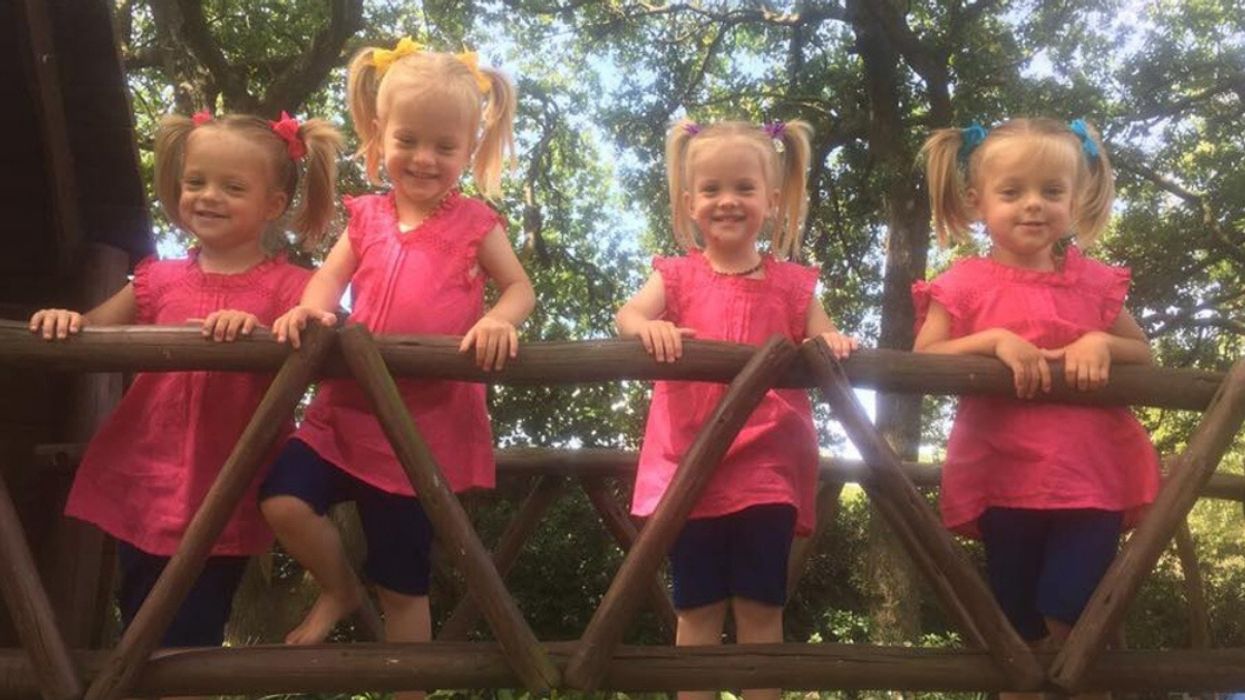

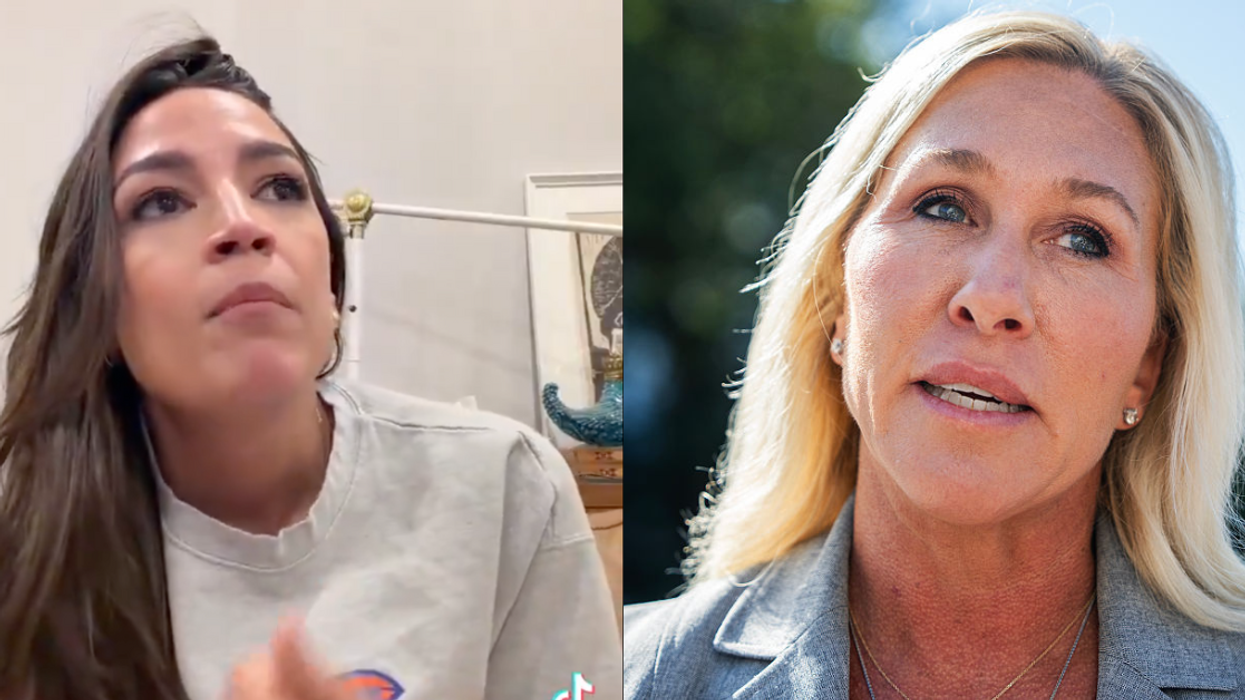


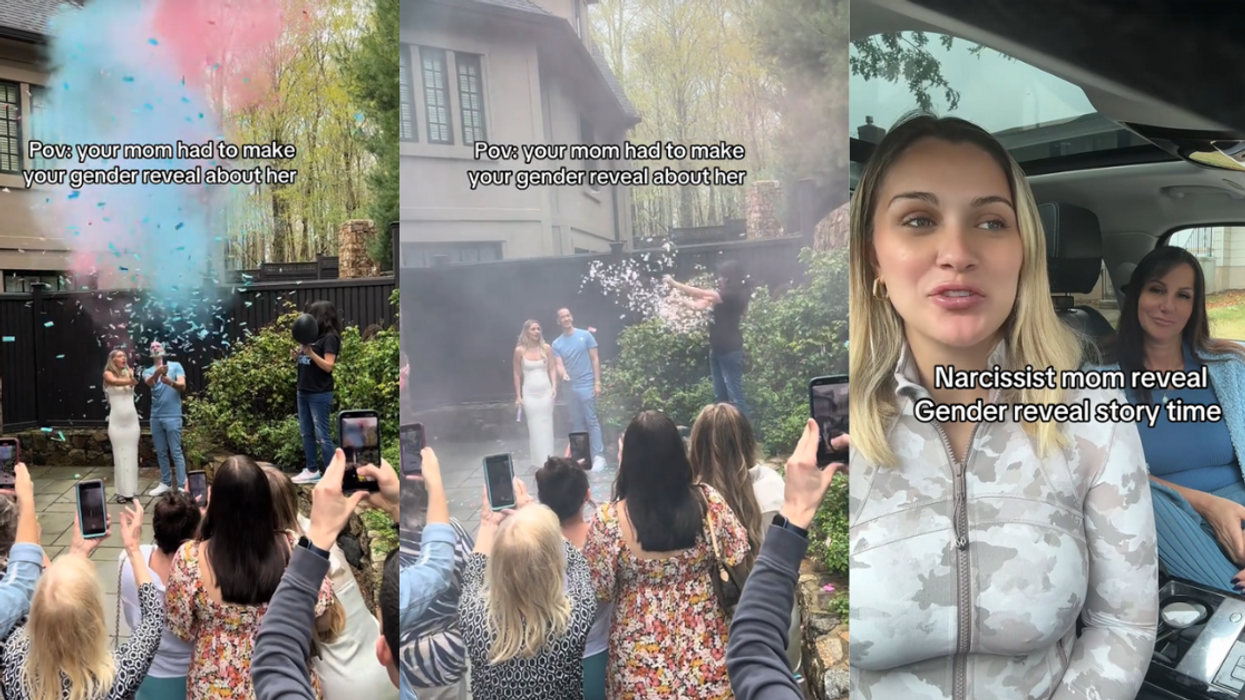



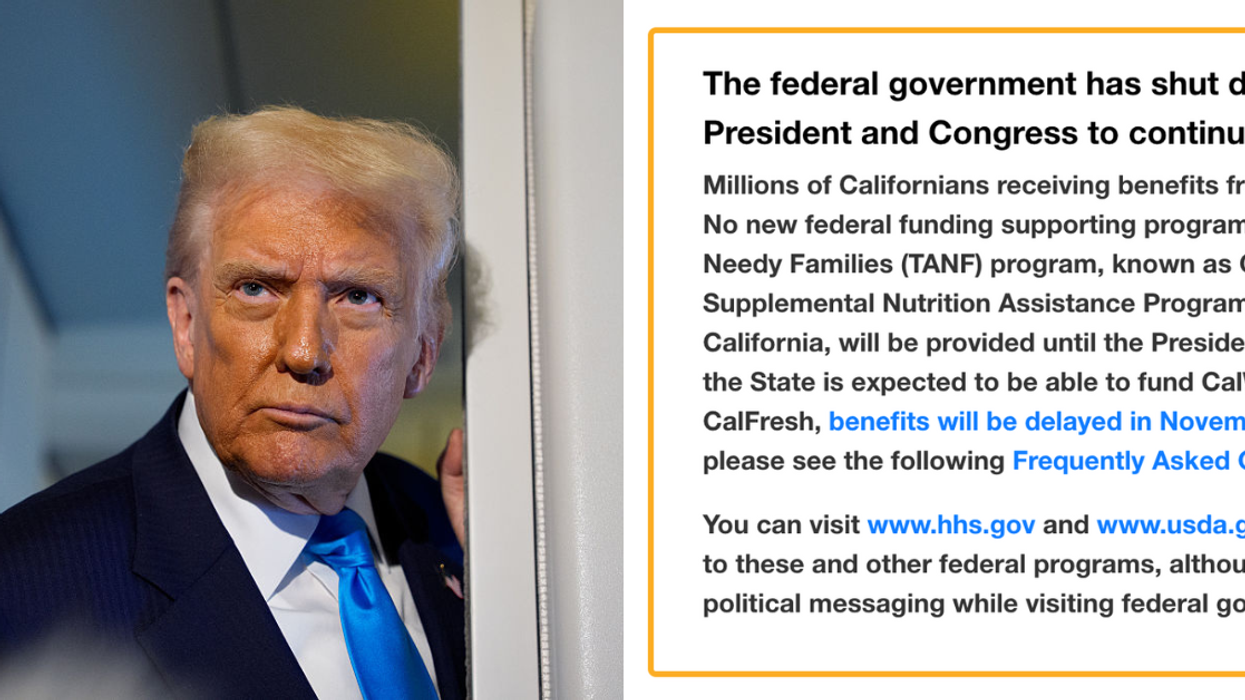
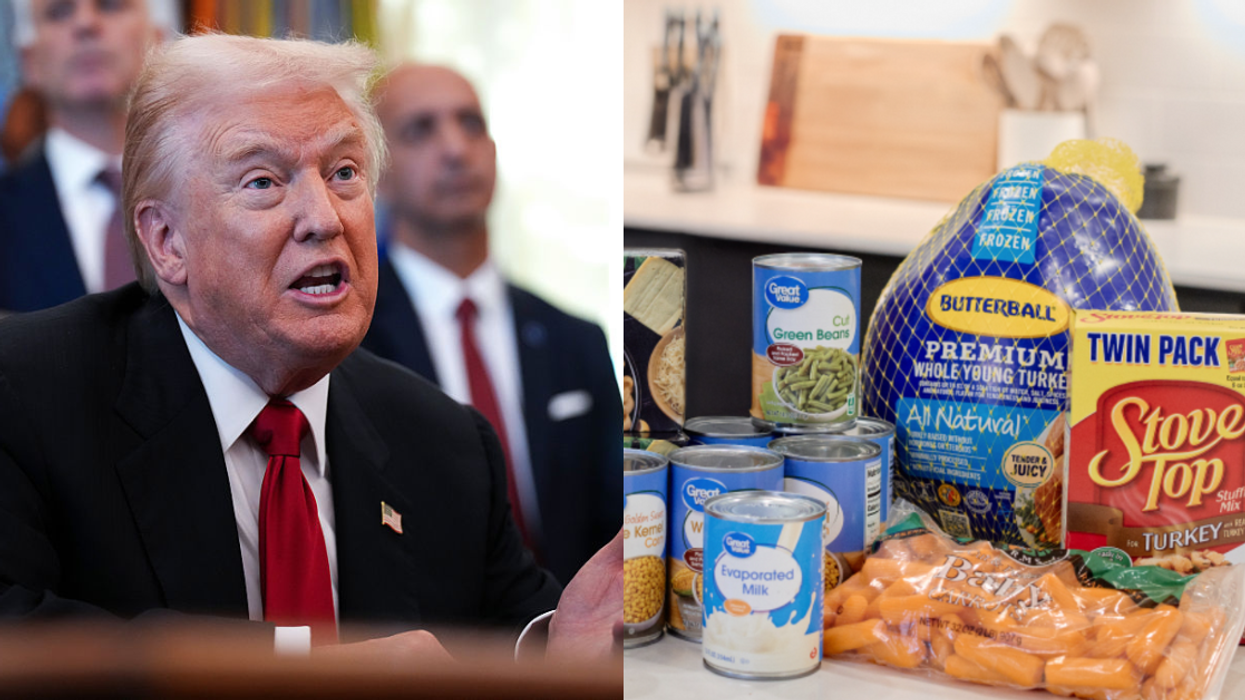

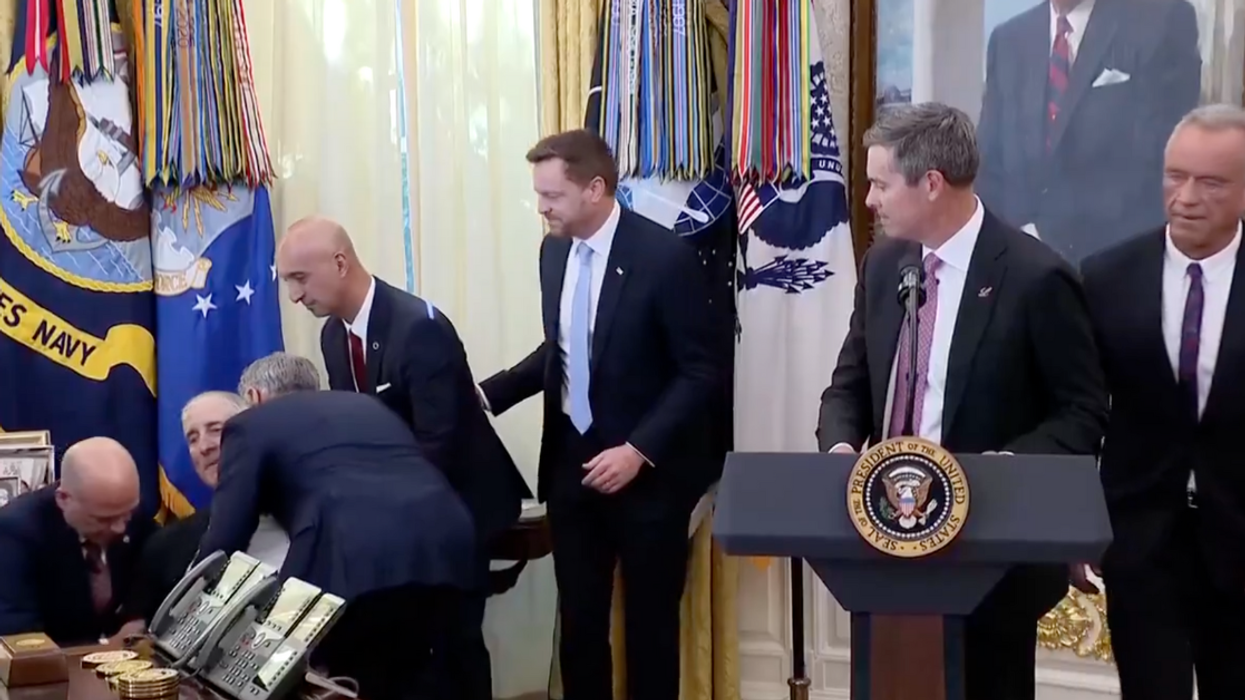
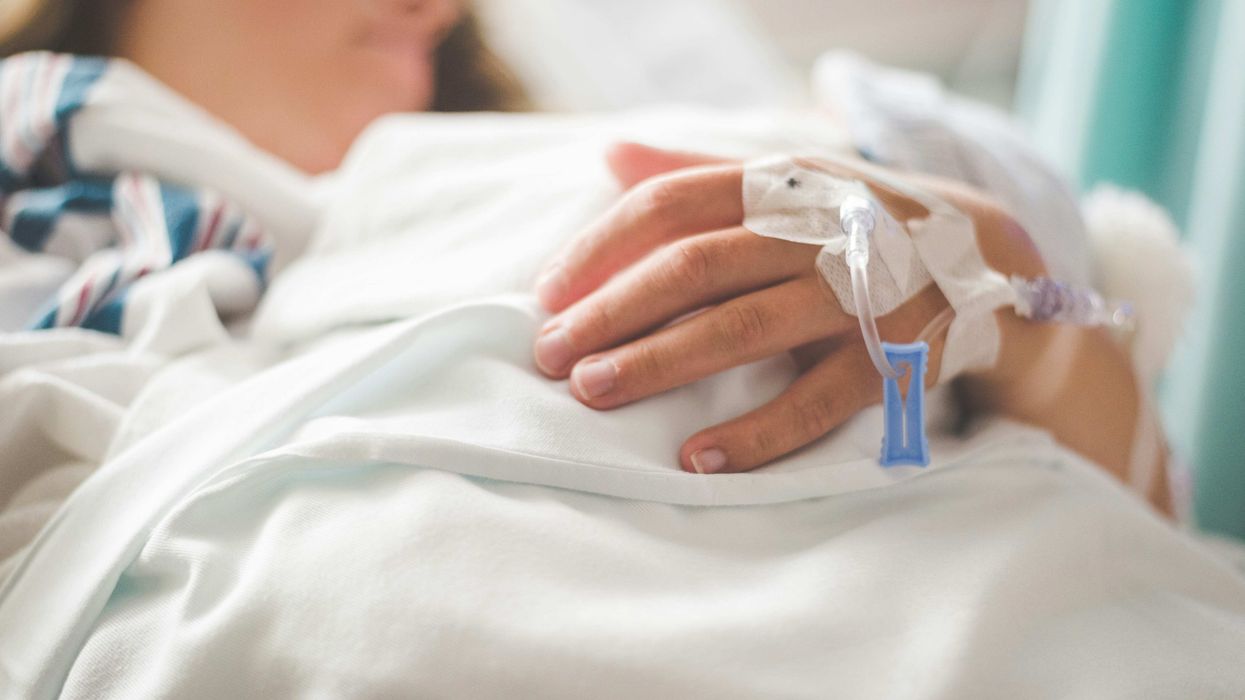
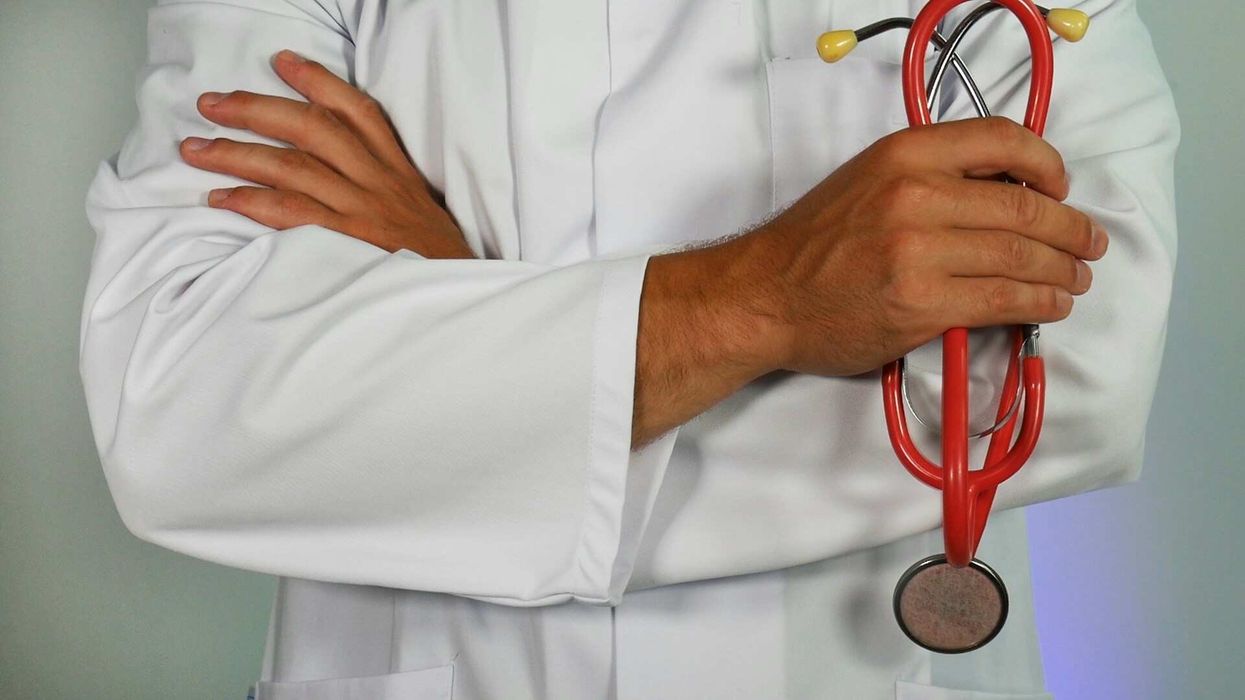
 breast cancer GIF by Baptist Health South Florida
breast cancer GIF by Baptist Health South Florida 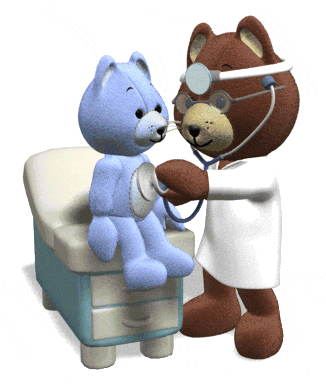 Teddy Bear Doctor GIF
Teddy Bear Doctor GIF  feeling neck skin GIF
feeling neck skin GIF 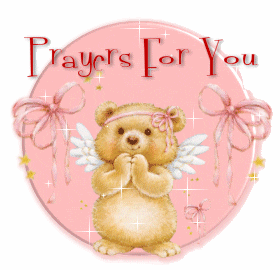 praying GIF
praying GIF 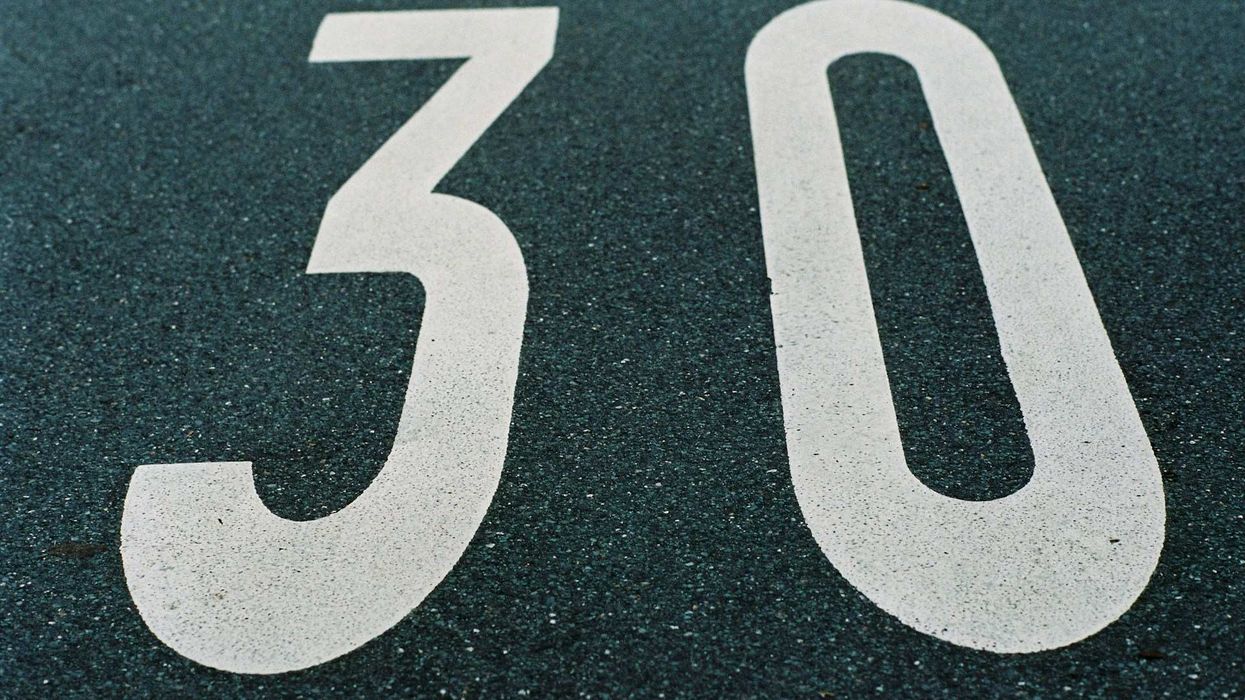
 Snail Ugh GIF by Sticker Book iOS GIFs
Snail Ugh GIF by Sticker Book iOS GIFs  Serious
Serious 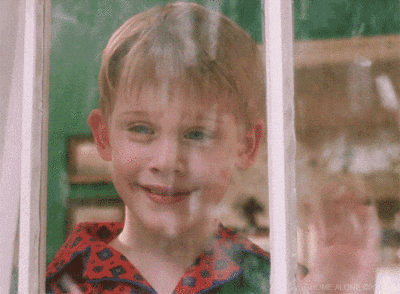 Home Alone Reaction GIF by 20th Century Fox Home Entertainment
Home Alone Reaction GIF by 20th Century Fox Home Entertainment  Cat Working GIF
Cat Working GIF